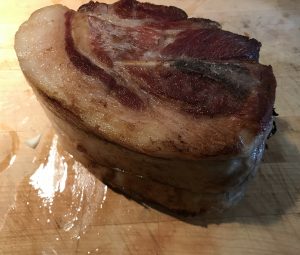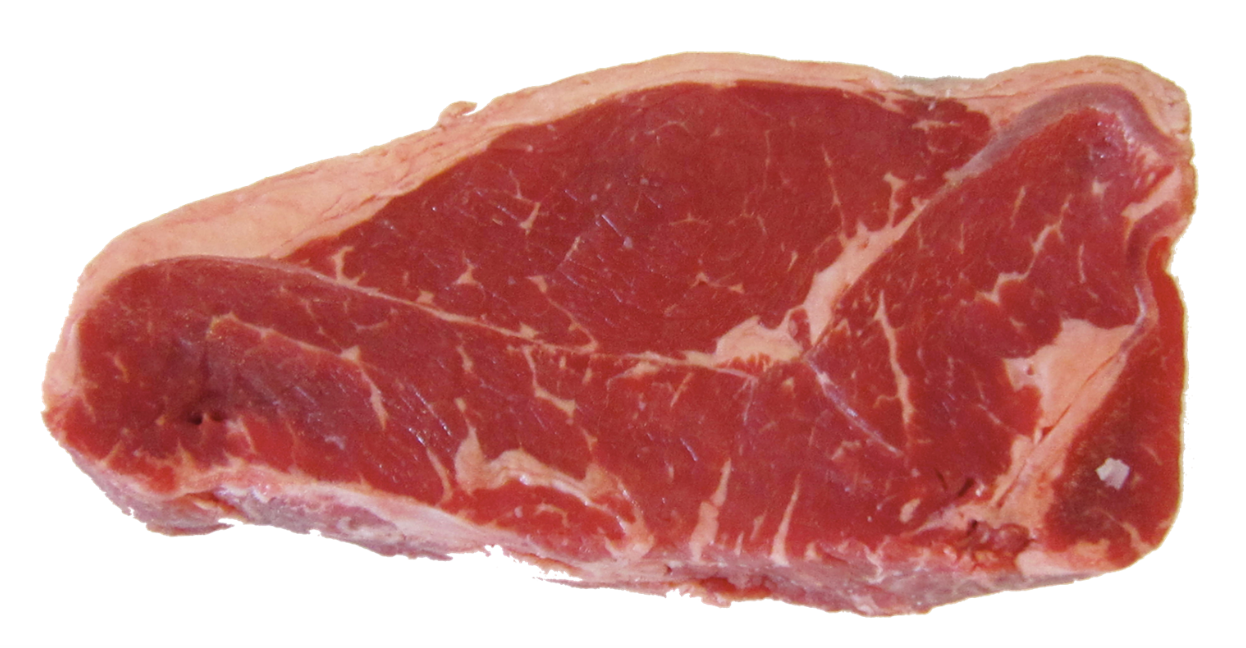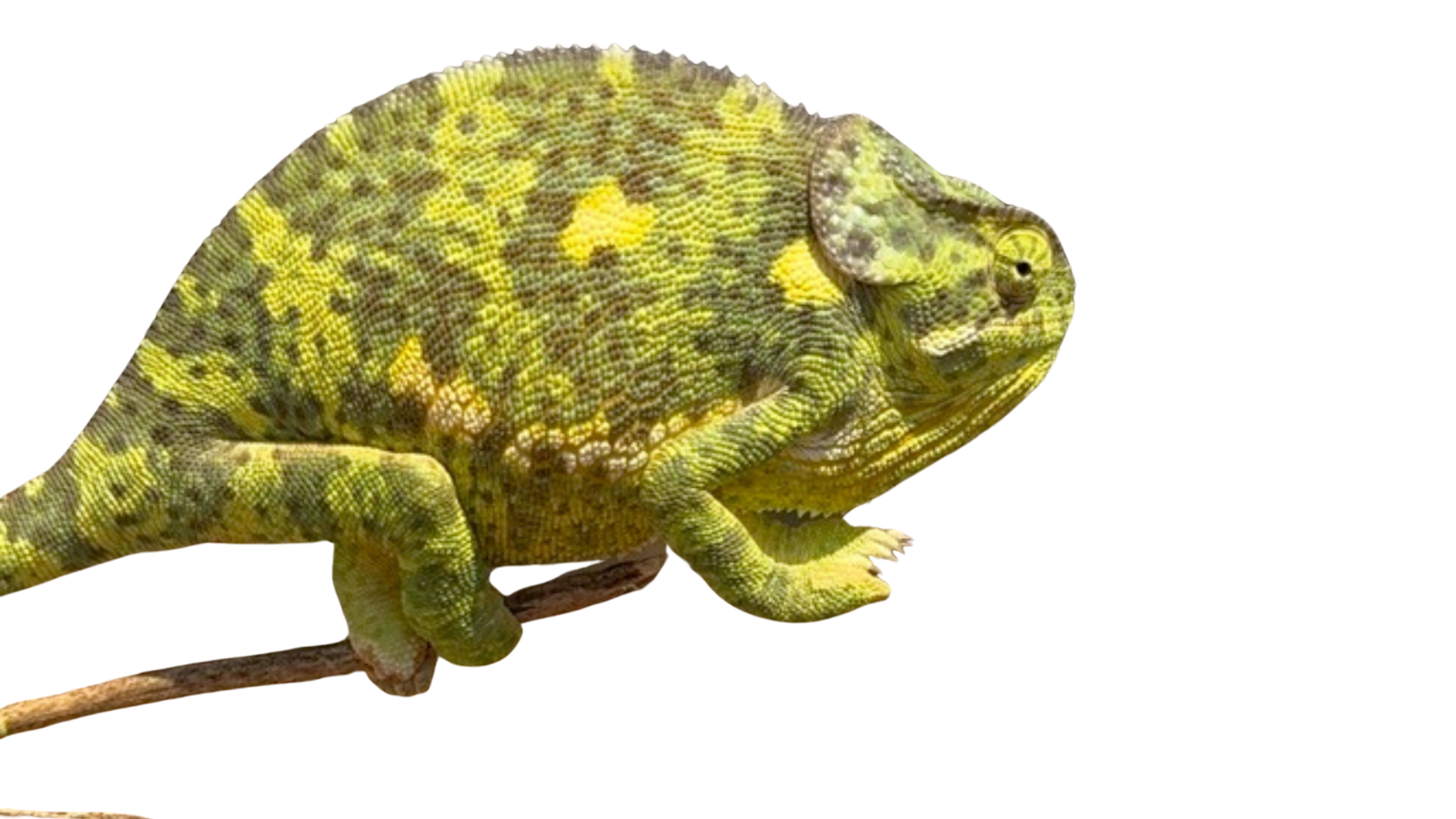
A kid in a candy store does not have an overarching theory about candy. In the same way, we, as a society, do not have an overarching theory about technology*. How do I know? Because there are people that are holding up ‘Fake Meat’ as a solution to the ecological/nutritional problems associated with the beef industry. That is a mistake. How can I be so sure? Because I have an overarching theory about technology and Fake Meat makes a good straw man for laying out that theory. So, I have been distracted from the blog post I promised last week. This is the second time this month I have been distracted by a shiny object found on facebook. I’ll write about that too. Someday. If I ever get there.
If you are unfamiliar with Fake Meat, this discussion on the Newshour ** is a good place to start. But the name kinda says it all. Fake Meat is a collection of technologies that use everything from genetically engineered yeast, to actual beef cells grown in a petri dish to produce a product that is, by all accounts, quite delicious. I like the Newshour, but it is always sobering to see agriculture covered in the media. Do they get it this wrong with everything? Sometimes it helps to hear from someone with a foot in the industry, and a head in the clouds.
Fake Meat and Feedlot Realities
To be clear, politicians invoke ‘Fake News’ as a wish-fantasy. This is the ‘call it fake and make it so,’ school of thought. This isn’t what I am doing here. To prove it, this week I will start by talking about the business of Fake Meat, which will unfortunately be fantastic. At Grounded and MBG, our short stint in business has taught me a lot about the role of technology in the modern world. One of the rules of modernity is this: If you can take money, use it to buy technologies that shorten the time required to get a product to market, and reduce the amount of people required to do it, you will almost certainly be successful. I’m not saying I like that rule. Sometimes I don’t like gravity either.
So, look at this rule from the context of the conventional feedlot beef industry. It takes two years to raise a female calf to reproductive age. It takes nine months for her to gestate a calf. It takes twelve months for that calf to grow bone and muscle on grass and then six months to grow fat in the feedlot. Five years. It is even longer for our grass-fed beef. This is why, traditionally, the cattle market has a five year cycle and why beef is always more expensive than pork and chicken. In that time, there are dozens of people who are connected to that animal and rely on it for their livelihoods. Which is of course ‘inefficient.’
Now think about a facility the size of Luxembourg on the industrial outskirts of Guangzhou. If it takes this facility two weeks to fill a vat the size of a football field with genetically modified meat slurry, as a business person that sounds fantastic. As an eater of food, that sounds absolutely disgusting, but I doubt most people will care. If they don’t know or don’t care about the products of a conventional chicken house, then why would Fake Meat be different? It’s probably fifty years away, but history would suggest that the conventional feedlot beef business will have a very difficult time competing with this sort of thing.
Fake Meat for a Brighter Future?
And that’s only the half of it. Some people are saying ‘good riddance.’ This argument says that feedlots create methane and runoff and are inefficient. Fake Meat is attempting to style itself as the ethical alternative to meat, and so perform a pincher move on the beef industry, eroding the top end of the market on its way to swallowing the bottom. This is the same counter-ecological argument that vegetarians have been making for half a century. But now they have a technology that will pacify the predator in us.
And there are problems with the meat industry, no doubt. I personally think that the 80% of the conventional beef industry that is based on grass does enough good (or has the potential to do enough good) to offset the 20% based on grain. But on that point I am less sure. It is possible that Fake Meat will make meat less bad. But only grass can make meat good.
How can I be so sure? Because I have a comprehensive theory of technology that I will tell you about. Next week. I promise.
*I invite anyone to lay out our societies comprehensive theory regarding technology in the comments below. Also this is a good opportunity to teach Nate about Twitter. #technologywhatsitgoodfor?
**Thank you to Nicolette Hahn Niman for representing grass-fed agriculture in the Newshour.
SaveSave
SaveSave

